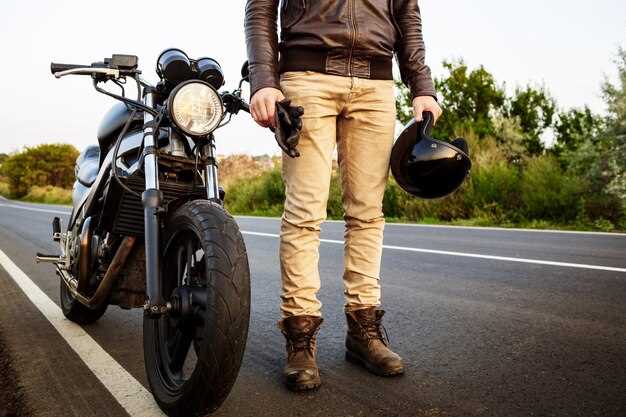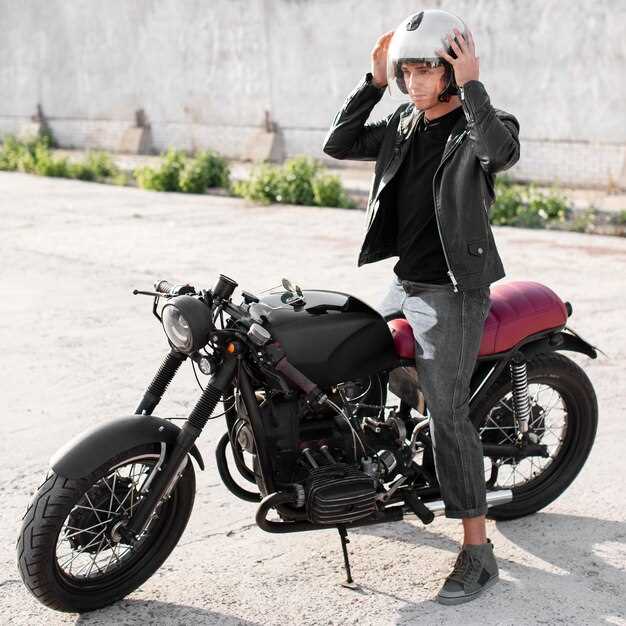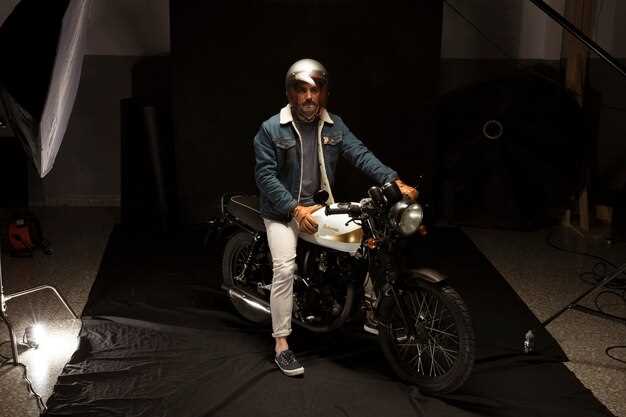

The appeal of café racers lies not only in their sleek aesthetics but also in the thrill of transforming a standard motorcycle into a personalized masterpiece. This article provides a detailed guide to help you convert your motorcycle into a café racer, ensuring that you understand each step of the process. From selecting the right base bike to the final touches that showcase your unique style, we will cover everything you need to know.
Before diving into the conversion process, it’s essential to grasp the fundamental elements that define a café racer. These motorcycles typically feature a minimalist design, low handlebars, and a distinctive riding position that emphasizes speed and agility. Understanding these traits will guide your modifications and help you achieve the authentic café racer aesthetic you desire.
In this step-by-step guide, we will explore various aspects of the conversion, including choosing the right parts, making necessary modifications, and fine-tuning your motorcycle for optimal performance. Whether you are a seasoned mechanic or a novice enthusiast, this guide aims to empower you with the knowledge to successfully embark on your café racer transformation. Get ready to unleash your creativity and passion for motorcycles as we jump into the exhilarating world of café racers.
Choosing the Right Base Motorcycle for Your Café Racer Project

When embarking on a café racer project, selecting the right base motorcycle is crucial for achieving the desired aesthetic and performance. An ideal bike should be lightweight, possess a simple frame structure, and have readily available aftermarket parts. Classic motorcycles from the 1960s to the 1980s are often favored due to their straightforward designs and iconic styles.
Popular choices include the Honda CB series, particularly the CB350 and CB750, as they offer a blend of reliability and performance. The Yamaha XS650 is another excellent option, known for its robust engine and easy customization potential. Additionally, the Suzuki GS series, especially the GS550 and GS750, can serve as great foundations due to their solid construction and ample parts availability.
While choosing a motorcycle, consider the engine size and type. A smaller displacement engine is preferable for a café racer, providing better handling and lightweight characteristics. Inline-four engines typically provide smooth power delivery, while twin-cylinder engines, such as those found in Honda’s CB series, deliver a more vintage feel and distinctive sound.
It’s essential to evaluate the condition of the motorcycle when making your selection. A bike with a clean title, minimal rust, and a reliable engine will save time and money in the long run. Look for models that have been well-maintained or that have minimal modifications already done to them, as this will allow for a more straightforward customization process.
In addition to performance and condition, consider the style and uniqueness of the motorcycle. A café racer should reflect personal taste, so opt for a bike that resonates with your vision. Whether you prefer a sleek, minimalist look or a more classic vintage design, select a base that aligns with your creative instincts.
Finally, researching the café racer community can provide insights into which models are easier to customize and which ones have a wealth of resources available. Engaging with forums or local groups can enhance your understanding and guide your purchase decision.
Essential Modifications to Achieve the Classic Café Racer Look
To transform your motorcycle into a classic café racer, several key modifications are essential. These changes not only enhance the aesthetics but also improve riding performance.
First, replacing the standard handlebars with lower, narrower clip-on handlebars is crucial. This modification promotes a forward-leaning riding position, characteristic of café racers, and adds to the sleek appearance.
Next, you should consider updating the seat. A custom-made, slim profile seat is preferred, often resembling a single-seat design. This type of seat not only contributes to the vintage style but also reduces weight, improving performance.
Installing a rearset footpeg kit allows for better control and comfort while enabling the rider to adopt a more aggressive posture. This positioning not only enhances the café racer look but also improves handling during tight turns.
A minimalist, retro-style front fairing or windscreen can be added to reduce drag. These components are often small and low-profile, maintaining the bike’s sleek lines while providing some wind protection.
Upgrading the exhaust system is another vital step. Opt for a lighter, more compact, and aesthetically pleasing aftermarket exhaust. This not only reduces weight but also gives your bike a distinctive sound, enhancing its performance and character.
To complete the look, consider updating the paint scheme. Choose classic colors like black, white, or British racing green, often adorned with striping or racing numbers. This adds to the nostalgic feel that café racers are known for.
Finally, don’t overlook the importance of good tires. Ensure that you have quality, performance-oriented tires that not only enhance aesthetics but also improve grip and handling. This is critical for the sporty performance that café racers are designed for.
By implementing these essential modifications, you’ll create a motorcycle that embodies the classic café racer style while ensuring a thrilling riding experience.
Tuning and Performance Upgrades for a Smooth Ride

When transforming your motorcycle into a café racer, tuning and performance upgrades are crucial for achieving that smooth, exhilarating ride. Start with the engine tuning, focusing on optimizing the air-fuel mixture. Adjusting the carburetor or fuel injection settings can enhance throttle response and overall performance. For this, consider installing performance air filters to improve airflow, paired with a more efficient exhaust system to increase power output.
Suspension upgrades are another vital aspect. Replacing stock suspension components with higher quality aftermarket parts can vastly improve ride quality and handling. Upgraded front forks and rear shocks allow for better stability and comfort during rides. Make sure to adjust the preload and damping settings according to your weight and riding style for the best results.
Braking performance is equally important. Upgrading to larger diameter brake rotors or high-performance brake pads will increase stopping power and provide a more responsive feel. Braided steel brake lines can reduce flex, leading to better lever feedback for improved control during braking maneuvers.
Tire choice also significantly impacts your motorcycle’s performance. Selecting tires designed specifically for café racers will provide better grip and handling. Ensure that the tires are suited for both your riding environment and style, whether it’s street riding or track days.
Finally, consider upgrading your motorcycle’s weight distribution. Removing unnecessary components and installing lighter materials can dramatically influence handling. Custom seat designs and a minimalist approach to bodywork not only improve aesthetics but can also enhance agility.
Implementing these tuning and performance upgrades will ensure your café racer delivers a smooth, enjoyable ride while reflecting your unique style and passion for riding.






